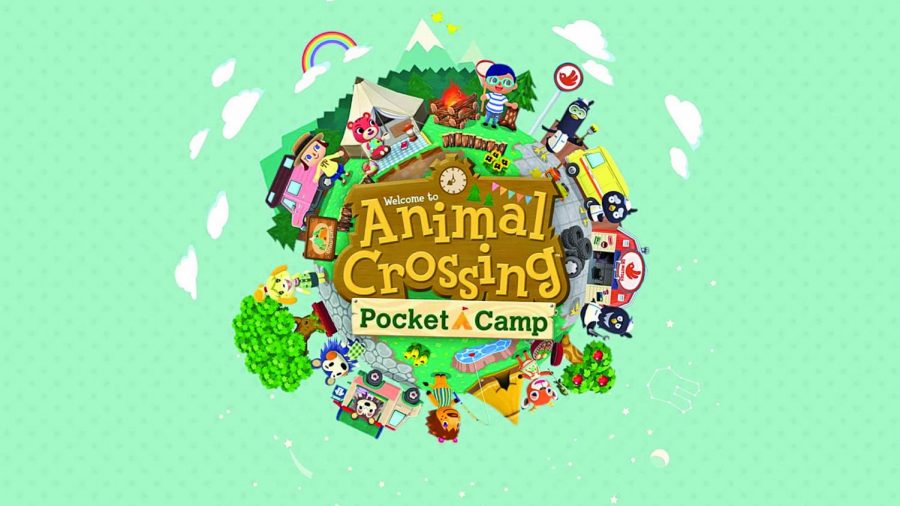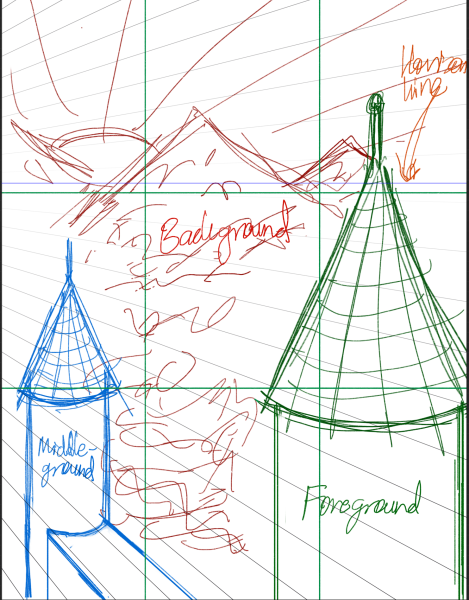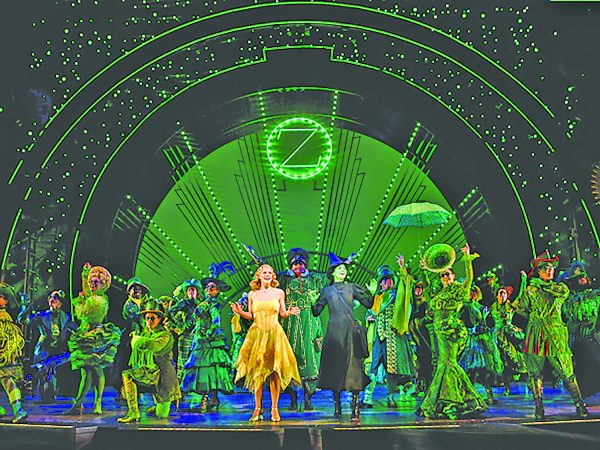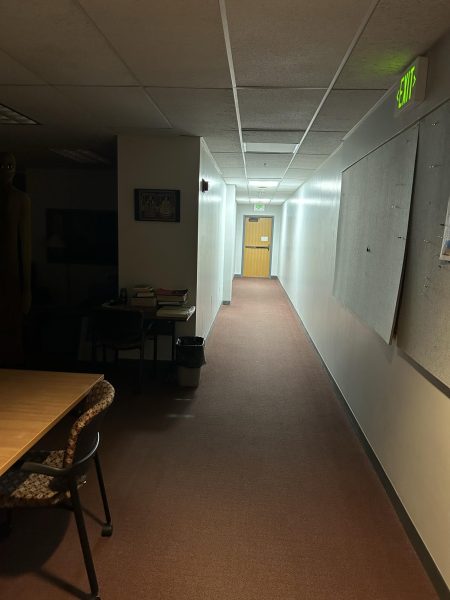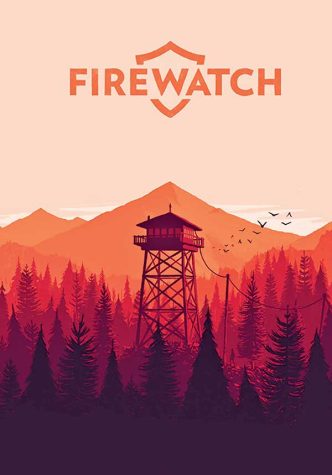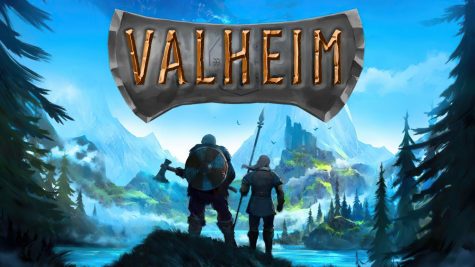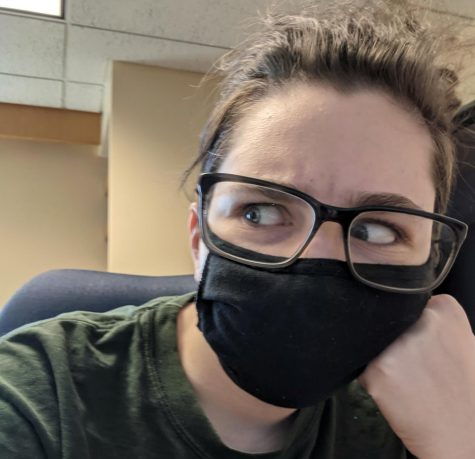Pocket Camp: almost perfect
Animal Crossing was my first love. Wild World was released in 2005, but I first picked up a Nintendo DS somewhere around 2008. I was nine years old. After almost four years of playing and over 500 hours logged in a single cartridge, I bought another at a Gamestop in 2011, right before “Animal Crossing: New Leaf” was released for Nintendo 3DS. I couldn’t afford New Leaf or the console when it first came out, so I was resigned to wait. In 2014, I acquired both a 2DS and “New Leaf,” and to date have logged over 700 hours in one town.
As soon as “Pocket Camp” went live, I downloaded it onto my phone. Bright colors and familiar cartoon faces greeted me. I was excited to play another open-world life simulator, all in the comfort of the palm of my hand.
“Pocket Camp” is not an open-world simulator, but it is adorable. It has the same bright colors and fun patterns that I loved from previous AC games.
Your “job,” as camp manager, is to decorate your camper and campsite as you like, and give the animals at other campsites what they need by fishing, gardening, and scavenging. Each animal has a number of requests that they ask the player to carry out, and they ask in their own special, personalized way.
The same joy of getting to know each and every animal in town is echoed in this game. Animals rotate in and out of the campsites, so the player gets to know all of them. Unlike its predecessors, however, you can be friends with more than 10 animals at once, and you’re not limited to the animals in your campsite or area.
The graphics in this game are quite the upgrade from “New Leaf.” While “New Leaf’s” visuals are comparatively stunning when shown against “Wild World,” a phone’s seamless graphics completely overshadow both the DS iterations.
What I had totally neglected to remember when I decided to download the game is why console game-makers expand into mobile markets: microtransactions. The recipe for a mobile game that makes money involves two types of in-game currency: normal and premium. Normal currency is acquired by finishing levels or quests and is readily available. Premium currency is often used to speed up timed events or to make the game easier, and it’s in short supply. Players can pay small amounts of real money, microtransactions, to buy more premium currency to get those sweet, sweet premium items.
“Animal Crossing Pocket Camp” is no different. It utilizes the same money system, “bells”, as its normal currency and “leaf tickets” as its premium. While I understand Nintendo’s reasoning in having a premium system, it feels just as scummy as every other developer’s cash grab, regardless of the cute appearance.
While I don’t love the microtransactions, this game gives me all the Animal Crossing I need in my fifteen-minute breaks between classes. It’s not perfect, but it’s just enough to tide me over until Nintendo releases Animal Crossing for the Nintendo Switch.
Like its predecessors, “Pocket Camp’s” main focus is on the journey, rather than the ending. Pocket Camp has a positive message: it’s not about the fish or the fruit or the bugs, but the friends we make along the way.

Senior, Journalism & Creative Writing
Grew up in Atkinson, NH
Fall 2018
Along with traditional journalism, I enjoy writing satire and fun feature...


